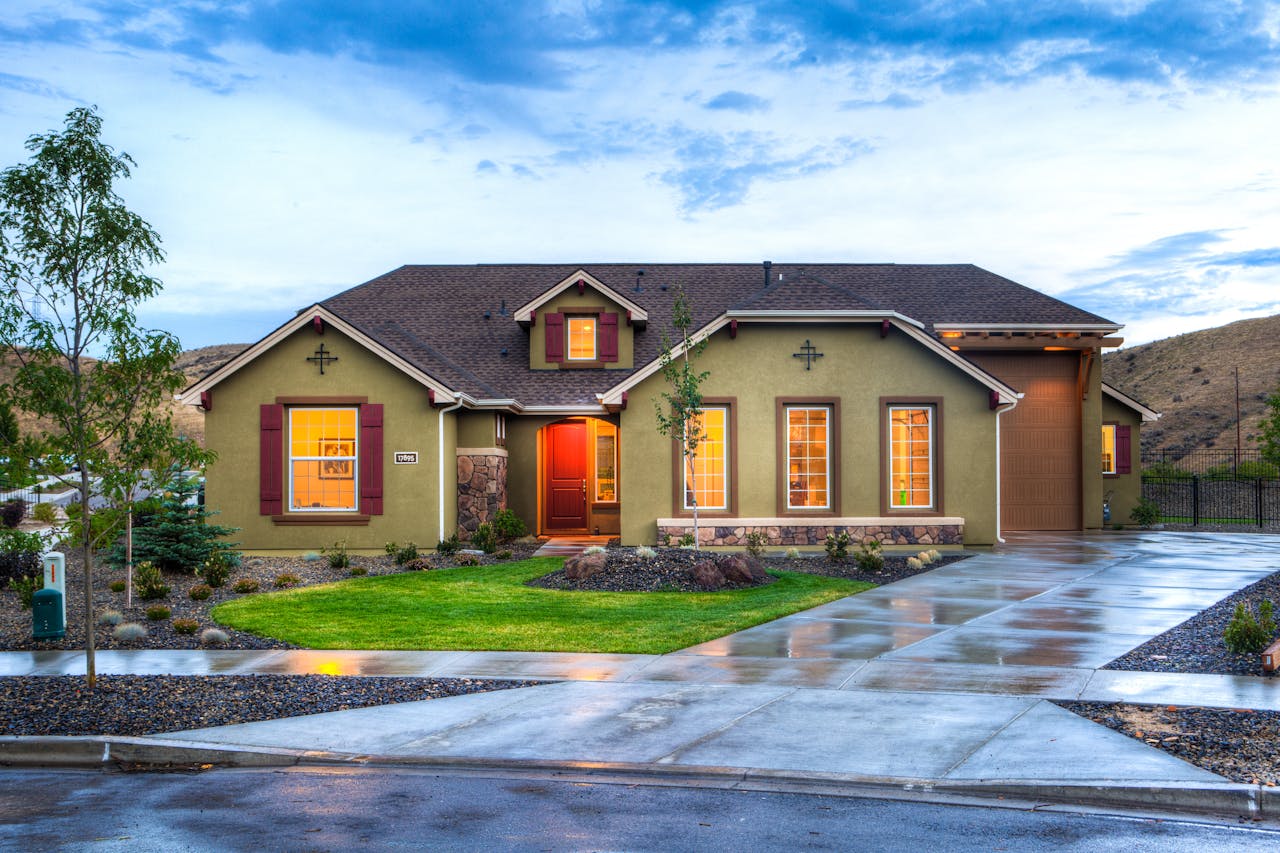What Do You Need To Know When Buying In A Flood Zone?

Buying a property in a flood zone demands meticulous attention to detail and a comprehensive understanding of the implications. The role of re-stumping and house raising often comes into play as potential solutions to guard against flood damages.
This article guides potential buyers through understanding flood zone designations, assessing the property’s renovation history, evaluating health risks from mould exposure, professional inspections, and considering effective flood mitigation solutions such as re-stumping and house raising.
Read on to equip yourself with a risk mitigation strategy and protect your investment as you venture into the complexities of purchasing property in a flood-prone area.
Key Takeaways
- Evaluate the property’s flood history and renovation records.
- Assess for signs of previous flooding, like water stains.
- Consider health risks from mold post-flooding.
- Prioritize professional inspections for structural integrity.
- Explore flood mitigation solutions like property elevation.
Understanding Flood Zone Designations
When considering purchasing a property in a flood zone, it’s imperative to comprehend the flood zone designations to assess the potential risks and implications associated with the property.
Brisbane flood zones were updated after the 2011 floods, with changes in landscape and infrastructure altering flood zones from 1974 to 2011. Some suburbs experienced varying flood impacts during these events. Understanding the property’s flood history is crucial for making informed decisions.
Flood-affected properties often undergo renovations, and building inspectors scrutinize for signs of previous floodings, such as water damage and mould. Floods can result in severe health issues due to mold exposure. Awareness of previous flooding is essential for effective property maintenance and risk mitigation strategies.
Assessing Property Renovation History
To assess the property renovation history accurately, scrutinize for visible signs of previous flooding and any related repairs or modifications made to the structure. Look for indicators such as water stains, warped flooring, or a lingering musty smell, suggesting past water damage.
Check for new drywall, replaced flooring, or elevated electrical outlets that could signal post-flood renovations. Review building permits and inspection records for details on flood-related repairs.
Evaluate the quality of workmanship and materials used in any renovations to ensure they meet flood-resistant standards. Understanding the extent and effectiveness of previous renovations is crucial in determining the property’s resilience to future flooding events.
Make informed decisions based on the property’s renovation history to mitigate risks effectively.
Evaluating Health Risks From Flood Damage
Assessing the health risks posed by flood damage demands a meticulous examination of potential mould exposure and water-related contaminants within the property.
- Mould Exposure:
- Mold thrives in damp environments post-flooding.
- Immediate removal is necessary to prevent health issues.
- Professional remediation may be required for extensive mold growth.
- Allergy symptoms and respiratory problems can result from mold exposure.
Types Of Flood Zone
When considering the flood zones, you have to take into account some of the specific topics associated with it. The stakeholders who are directly and indirectly related to it understand the plus and minus points associated with it. However, let us try to understand it all.
It denotes that there are a few elements associated with it. Hence, you have to consider these important factors before selecting a construction site. However, we try to understand some of it here in this section.
Minimal Zone Of Risks
The first to mention here is the minimal zone of risk. It denotes that this area is safe from floods. Also, it denotes the fact that the particular area or plot of land is situated at the topmost position. In terms of zoning this is rated or designated as Zone X or the Zone C.
Moderate Risk Zone
As the name suggests, this flood zone falls under the moderate section. It is marked or designated Zoe B or Zone C. This is one area with a moderate risk factor for construction.
In addition, this particular plot zone is under the low-risk zone but has a few disadvantages compared to the minimal zones. Moreover, the buyers of property in these regions need to manage with the optional flood insurance to evade ther risks and uncertainty, if any.
High-Risk Zone
These areas or plots for construction come under Zone A or Zone V. This designation denotes that these places are highly risky, and the property owner must be psychologically prepared to accept the loss.
The government’s authorities therefore enforce special restrictions on the buildings. Furthermore, they are mandatory for insurance; that is, these buildings must come under the coverage of FEMA flood insurance.
Building In A Flood Zones: Things To Consider
When construction entities move forward to build their properties in risk-prone areas, they need to note the specific protective requirements on the flood zones and then take accountability. Moreover, they must adhere to the base flood elevation requirements. In addition, the builders must enforce special restrictions on the building.
Lastly, they make FEMA flood insurance mandatory for buyers to safeguard their interests.
Moreover, construction of buildings in flood zones must adhere to the requirements of the Base Flood Elevation requirements.
This is why buyers must conduct their own research on the risks involved in buying properties in each flood zone and then buy their property.
Importance of Professional Inspections
Professional inspections are crucial in identifying potential risks and ensuring the structural integrity of properties in flood zones.
Inspectors assess the property for signs of previous flooding, such as water damage, mould, and compromised structural elements. They provide detailed reports outlining any existing issues and recommendations for mitigation.
Inspections also help determine if the property meets flood zone construction requirements and if additional measures are necessary to enhance its resilience against future floods. Hiring a qualified inspector with expertise in flood-prone areas is essential to thoroughly evaluate the property’s condition and reduce the risk of purchasing a home with hidden flood-related damages.
Prioritizing professional inspections can save you from unforeseen expenses and ensure the safety of your investment.
Consideration of Flood Mitigation Solutions
Considering flood mitigation solutions involves evaluating practical measures to safeguard properties in flood-prone areas against potential damages and enhance their resilience.
- Elevation: Raising homes above flood levels significantly reduces risks.
- Factors: Consider aspects like soil type and building regulations for home elevation.
- Professional Help: Seek expert advice to determine the best flood mitigation strategy.
- Contact Assistance: Find support and guidance for implementing solutions effectively.
Implementing flood mitigation solutions requires a comprehensive approach that addresses the specific risks faced by properties in flood zones.
Property owners can proactively protect their investments by prioritizing elevation, understanding influencing factors, seeking professional assistance, accessing support services and enhancing their resilience against potential flood damages.
Conclusion
In conclusion, when purchasing property in a flood zone, it’s crucial to thoroughly understand flood zone designations, assess property renovation history, evaluate health risks from flood damage, prioritize professional inspections, and consider flood mitigation solutions.
By considering these factors, you can make informed decisions to safeguard your investment and mitigate potential risks associated with buying in a flood-prone area.
Stay informed, stay vigilant, and prioritize safety when navigating the complexities of purchasing property in flood zones.
Continue Reading:


























